Free-surface waves On Cylinder CFD Simulation, ANSYS Fluent Training
Free-surface waves On Cylinder CFD Simulation, ANSYS Fluent Training
- Upon ordering this product, you will be provided with a geometry file, a mesh file, and an in-depth Training Video that offers a step-by-step training on the simulation process.
- For any more inquiries regarding the product, please do not hesitate to reach out to us at info@CFDLAND.com or through our online support assistant.
€145 Original price was: €145.€65Current price is: €65.
Free-surface waves are an amazing thing that happens when water meets solid objects like cylinders! When water flows past a cylinder, it creates beautiful wave patterns that engineers must understand to build safe bridges, oil platforms, and ships. First of all, these waves don’t just look pretty – they can create powerful wave forces that push and pull on cylindrical objects with surprising strength! Additionally, the way waves bend and curl around a submerged cylinder affects how stable offshore structures will be during storms. Moreover, special patterns form when free-surface waves meet round objects – sometimes making dangerous swirling motions that can damage equipment. The interaction between moving water and marine structures creates complex flow patterns that traditional math formulas can’t fully describe. Nevertheless, the current CFD study is conducted according to the reference paper entitled “ Viscous flow past a cylinder close to a free surface: benchmarks with steady, periodic and metastable responses, solved by meshfree and mesh-based schemes”.
- Reference [1]: Colagrossi, A., et al. “Viscous flow past a cylinder close to a free surface: benchmarks with steady, periodic and metastable responses, solved by meshfree and mesh-based schemes.” Computers & Fluids181 (2019): 345-363.
Figure 1: Case setup notation extracted from the benchmark reference paper
Simulation Process
Having the multi-regional domain designed, the structured grid made of 271500 quad cells facilitated the simulation process. The submerged cylinder is positioned near the free-surface water waves. Employing the Volume Of Fluid (VOF) multiphase model followed by a sharp interface approach can give us proper simulation results. However, the parameters are set based on the reference paper.
Figure 2: Structured grid produced with a focus on interface area
Post-processing
The free-surface waves around our cylinder show amazing patterns that teach us important things about water flow! When water moves past the cylinder, it creates a clear boundary between water and air that engineers study carefully. Our simulation captured exact measurements of the water-air mix, showing volume fractions from 0 to 1, with water below and air above. Also, we can see how the water surface bumps up slightly in front of the cylinder and dips behind it! Furthermore, tiny air pockets form behind the cylinder as the water wraps around it. Most importantly, our measurements found very specific drag force of 0.15 and lift force of 0.78 on the cylinder! These numbers tell engineers exactly how much stress the water puts on structures like bridge supports or offshore platform legs, helping them build stronger and safer designs that won’t break in flowing water.
Figure 3: Phase 2 volume fraction showing the interface between water (bottom) and air (top)
The velocity patterns around the cylinder show something special called a “von Kármán vortex street” – a fancy name for spinning water circles that form behind round objects! Our analysis shows flow speeds ranging from 0.0 up to 1.3 meters per second, with the fastest water moving around the sides of the cylinder where the space gets smaller. Additionally, two main spinning circles (vortices) form right behind the cylinder, creating a pattern that can make structures shake if not designed properly. For temperature, we measured values from 300K to 329.1K, with hottest areas exactly where the water speed is highest! This happens because fast-moving water creates friction against the cylinder surface, turning motion energy into heat energy. Most importantly, this perfect match between our computer model and real-world physics helps engineers predict exactly how underwater structures will behave in rivers, oceans, and lakes!
Figure 4: Velocity streamlines showing flow patterns around the cylinder
Figure 5: Temperature distribution around the cylinder
We pride ourselves on presenting unique products at CFDLAND. We stand out for our scientific rigor and validity. Our products are not based on guesswork or theoretical assumptions like many others. Instead, most of our products are validated using experimental or numerical data from valued scientific journals. Even if direct validation isn’t possible, we build our models and assumptions on the latest research, typically using reference articles to approximate reality.
Yes, we’ll be here . If you have trouble loading files, having technical problems, or have any questions about how to use our products, our technical support team is here to help.
You can load geometry and mesh files, as well as case and data files, using any version of ANSYS Fluent.
€180 Original price was: €180.€155Current price is: €155.

€190 Original price was: €190.€165Current price is: €165.

€240 Original price was: €240.€155Current price is: €155.

€360 Original price was: €360.€185Current price is: €185.

€210 Original price was: €210.€155Current price is: €155.

€330 Original price was: €330.€199Current price is: €199.







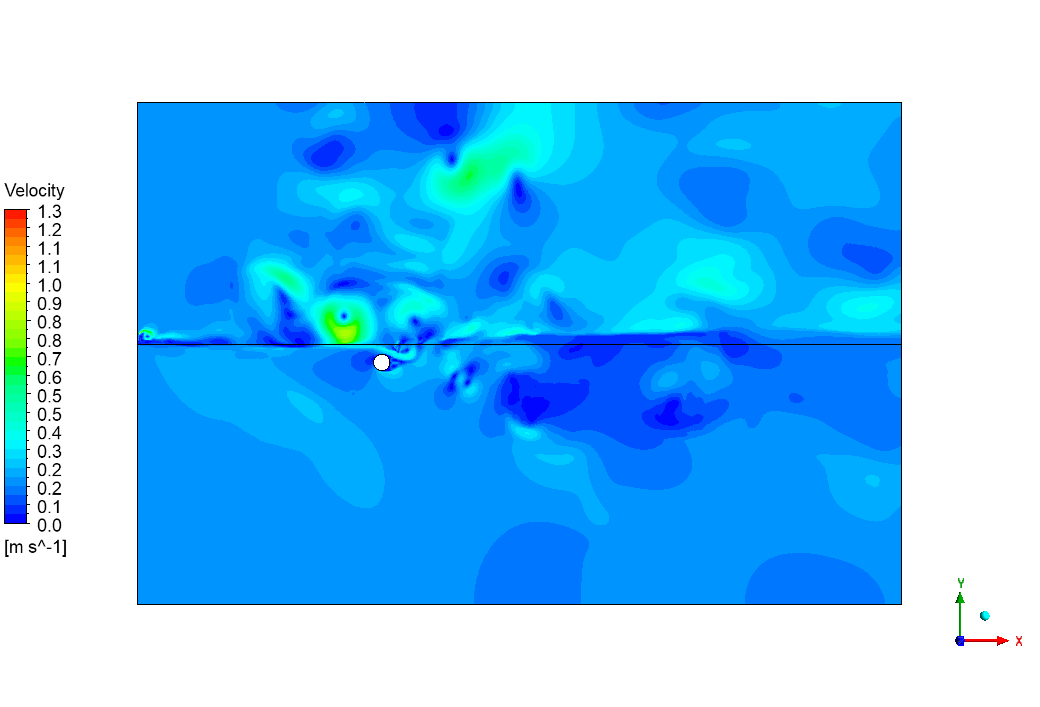


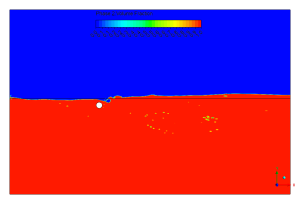
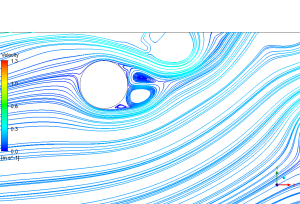
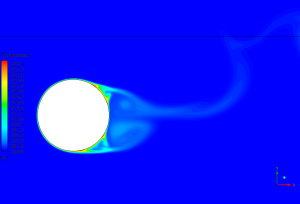








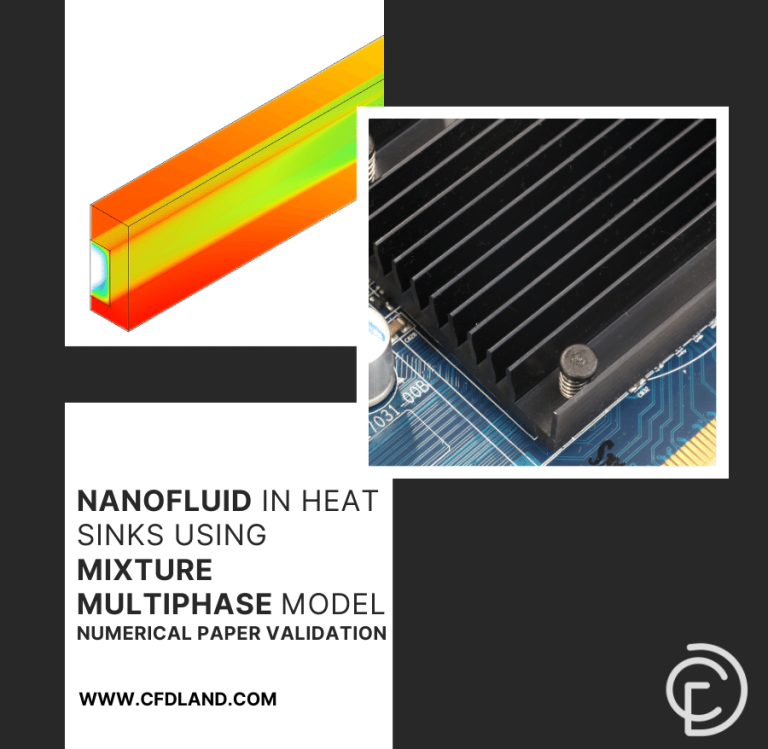
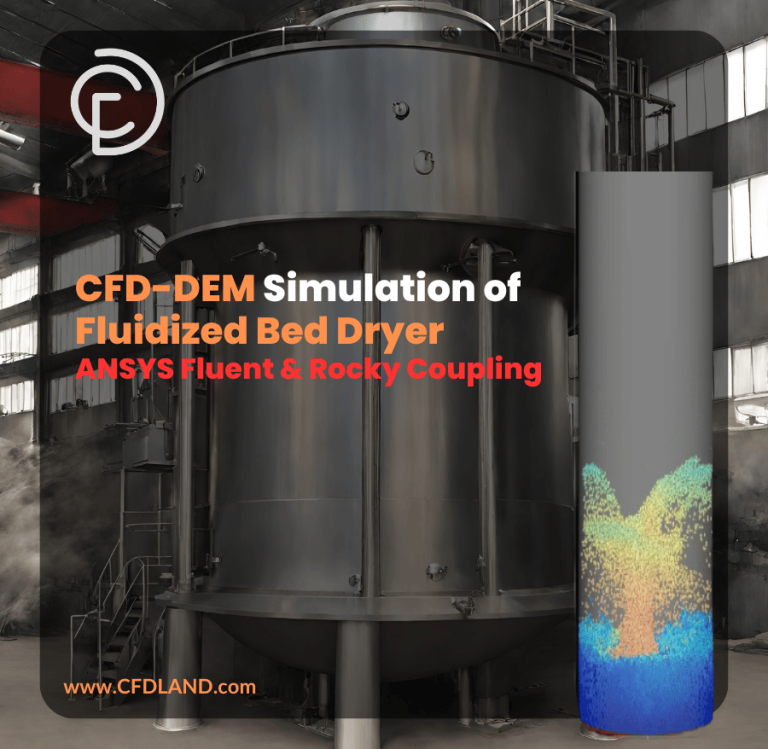
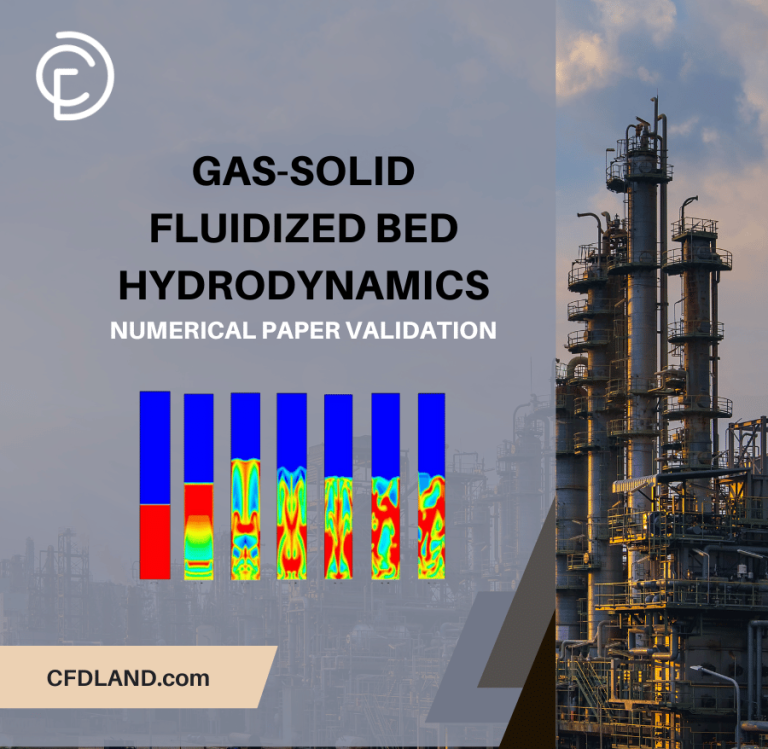
Reviews
There are no reviews yet.